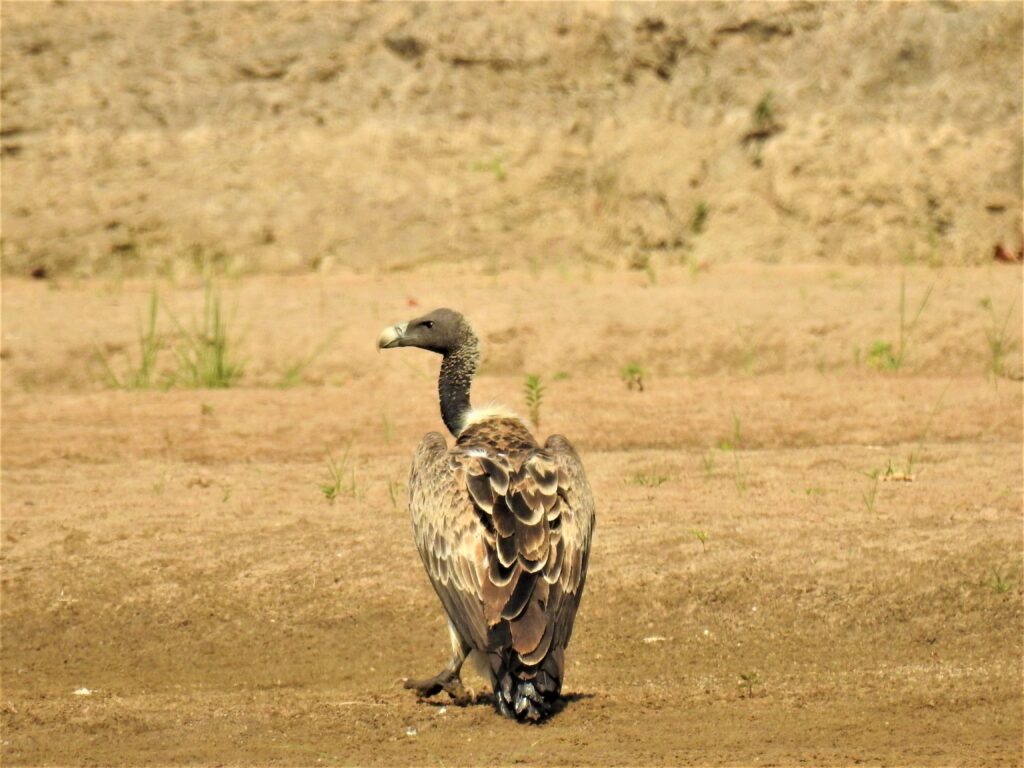The fastest growing subsector of ecotourism is probably avitourism, or birdwatching. Birdwatchers are generally well-educated, conservation-minded, and committed to their hobby. Hence, birdwatchers provide an interesting case-study to fully understand how biodiversity is valued by the public. Further, there is scope to understand the positives and negatives birdwatchers may have in terms of conservation. We used a unique example of an appearance of a Black-backed Oriole – a bird endemic to Mexico – at a backyard bird feeder in rural Berks County, Pennsylvania, which was only the second time this species had been recorded as visiting the US. The homeowners, where the bird was visiting, kept a log-book which recorded where visitors travelled from, and this was the basis of our dataset.
We combined this dataset with surveys sent to birdwatchers through internet forums. The arrival of this bird caused more than 1,800 birdwatchers to go view it, with about 57% of the visitors travelling from within 100 km, and 3% travelling from > 1000 km. The bird stayed for 67 days, and we estimated this ecotourism event generated more than $3000 a day for the local and extended economy as a result of the travel, food, and accommodation costs of the avid tourists. This amounts to an economic boost of an estimated $US 223,851.
We showed that birdwatchers can highly value an individual vagrant bird and that there are tangible economic benefits from vagrant birdwatching events. Ultimately, all birds depend on their habitats and so the benefits to the economy from birdwatching need to be balanced against environmental threats that destroy their habitats, such as land clearing.
Further Reading:
Corey T. Callaghan, Michael Slater, Richard E. Major, Mark Morrison, John M. Martin & Richard T. Kingsford (2018) Travelling birds generate eco-travellers: The economic potential of vagrant birdwatching, Human Dimensions of Wildlife, 23:1, 71-82, DOI: 10.1080/10871209.2017.1392654





